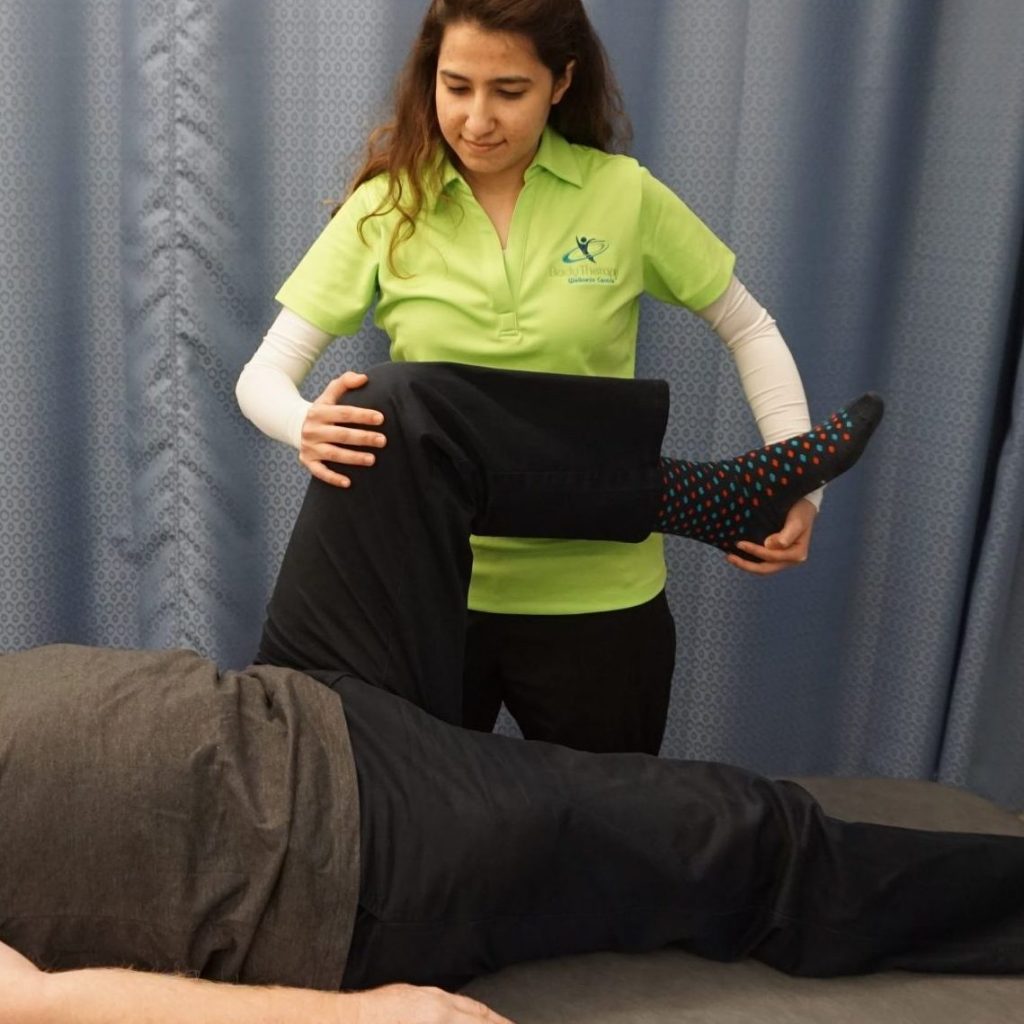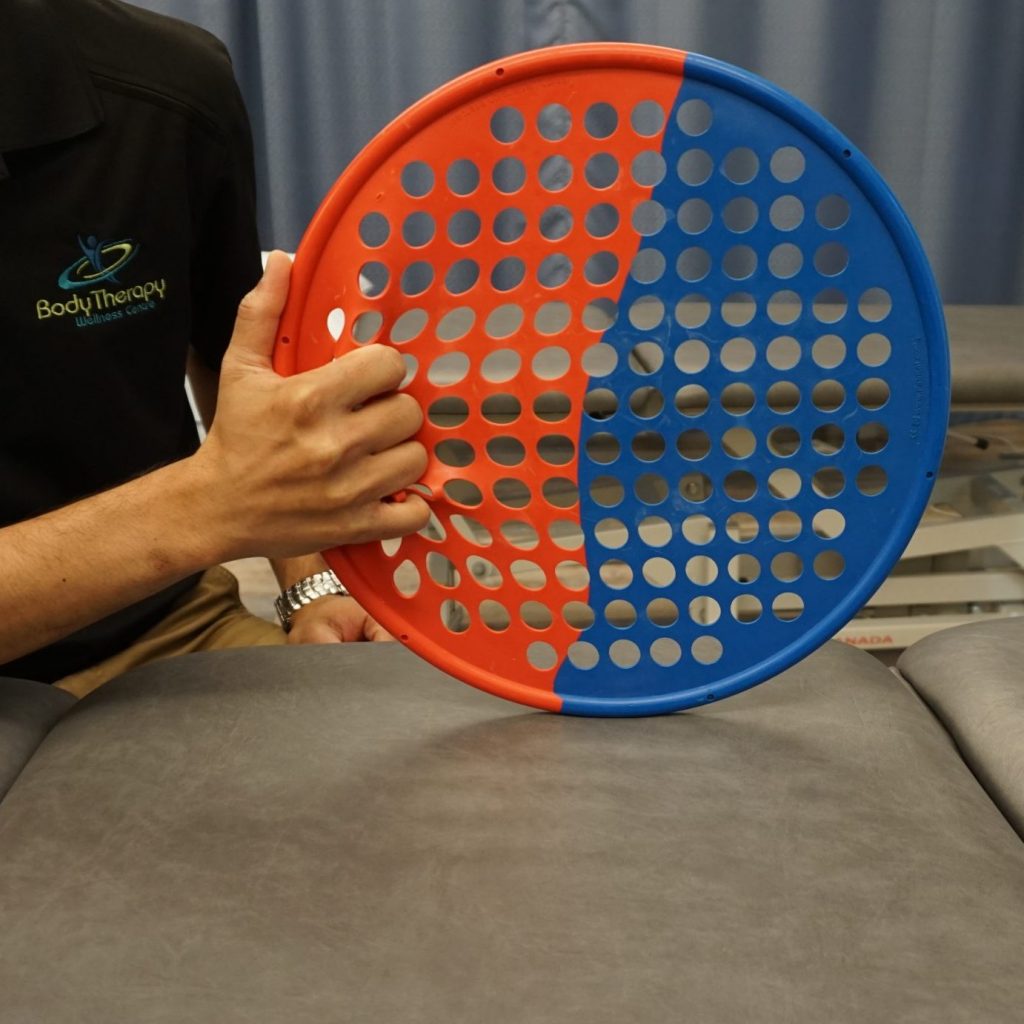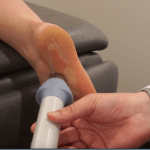Avoiding Injuries And Pain While Cycling
With Calgarians enjoying the sunshine and becoming more aware of their health, it’s no surprise that we’ve also seen an accompanying spike in the number of cyclists on our roads. You’ve probably noticed them out and about, lycra clad and pedalling away.
If you’re reading this, there’s even a good chance that you’re one of them!
And if you are, you’re probably wondering about the potential negative physical side-effects associated with your new method of travel, and what you can do to avoid them. That’s exactly what I am here to explain.
Whether you’re a frequent bike user or simply trying to squeeze a bit more cardio into your daily fitness routine, you’ll want to read on!
Cycling Injuries And Pain
Cycling is a great, low-impact way of staying fit – however, low-impact isn’t the same as no-impact. As with any physical activity, there’s always a risk of injury, especially if you’re a novice cyclist. In the vast majority of cases, these come from “overdoing it”.
Specifically, many of the cyclists we treat are amateurs who push themselves beyond what their bodies are used to. In other cases, it’s experienced cyclists who decide to do “one more lap” and push their bodies to the point of injury.
Either way, the result is the same!

Knee pain
As an activity that makes heavy usage of your legs (including your knee joint), it’s little wonder that knee pain is one of the most common musculoskeletal issues for cyclists. If your knees start flaring up when you get on your bike, you aren’t alone – according to some research, anywhere between 23%-33% of cyclists experience some sort of knee pain.
Some specific types of knee pain common to cyclists include:
- Runner’s knee
- Chondromalacia (deterioration of the kneecap)
- Iliotibial band syndrome
Overuse injuries are also a common sight among cyclists, as are injuries arising from inadequate rest periods.
Head and neck pain
Yup, you heard me right!
Many modern bikes use aggressively high seats that require cyclists to lean forward instead of sitting upwards. While this has the effect of minimising drag and air resistance, it also puts additional strain on your shoulders and neck.
Simply put, maintaining this type of posture for long periods isn’t good for your neck. Specifically, it causes tightening and tension in the muscles, which then leads to discomfort or dysfunction in the shoulders and middle of the back.
Luckily, physiotherapy can be helpful for these neck and shoulder pains.
Hand and wrist pain
It isn’t uncommon for cyclists to suffer from hand or wrist pain, especially if you cycle with a death-grip on your handlebars.
In particular, many of the cyclists we treat present with conditions including:
- Cyclist’s palsy
- Carpal tunnel syndrome
- Wrist pain
One cause of wrist pain is poor technique. To avoid hand and wrist pain, cyclists should keep their elbows bent – this helps absorb force when you hit bumps in the road, reducing the impact on your arms.

Treatment
Impatient drivers aren’t the only problems a cyclist may encounter while out on the road – injuries and pain are also relatively common. Our physiotherapists will get to the heart of the problem, by accurately diagnosing the exact type of pain that you’re experiencing and treating it using a tailored treatment regime that incorporates:
- Strength-building exercises
- Resistance training
- Joint mobility exercises
- Pain modulation
In particular, we will go beyond responding to pain, and proactively look for ways to prevent pain from returning. We’ll help you move well, ride with better posture, and help minimize the risk of cycling-related injuries.
If you’re concerned that you aren’t going to be able to continue cycling without injury, we recommend getting in touch with our physiotherapists.




